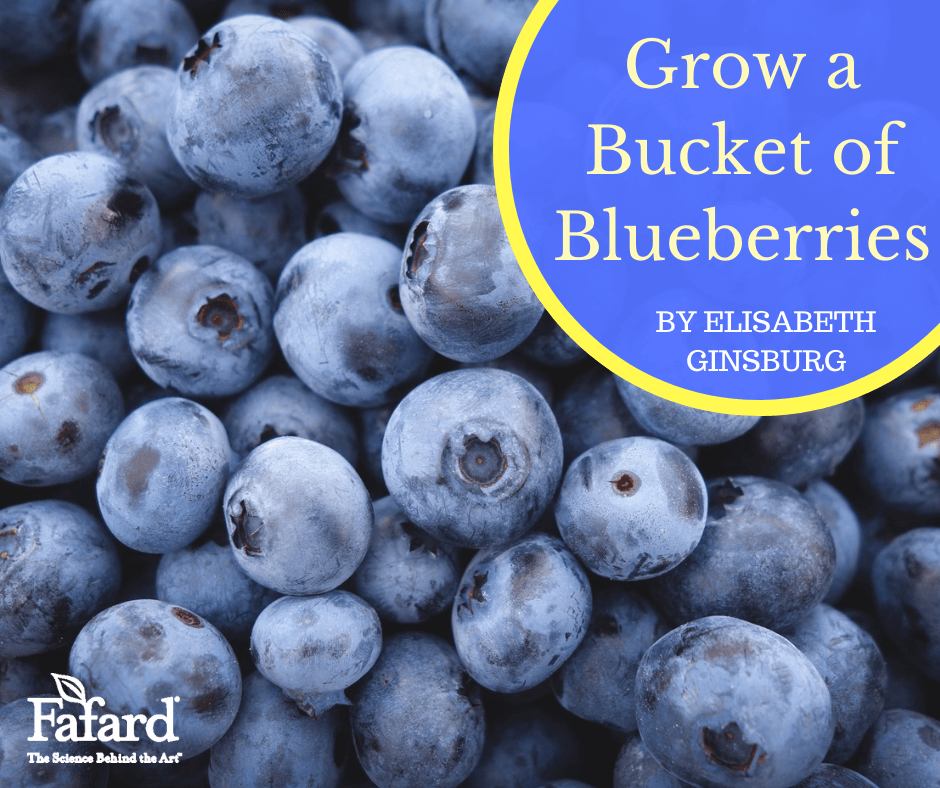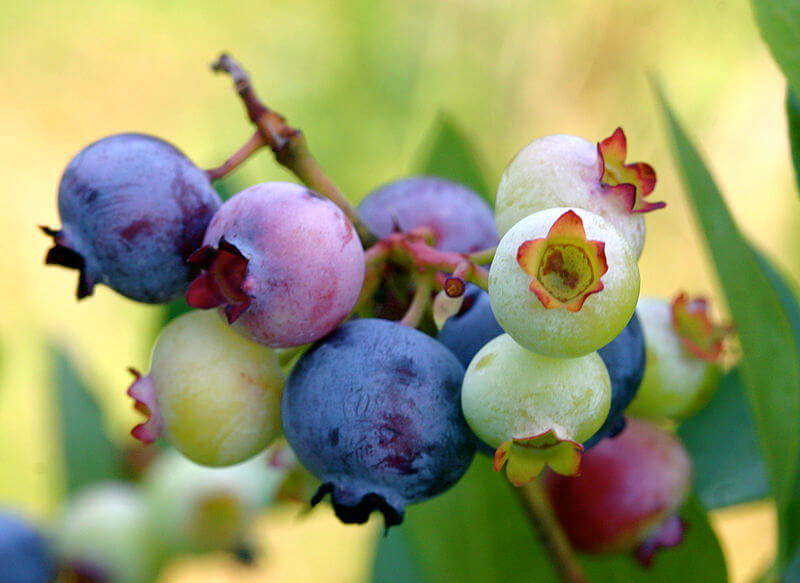
Giant blooms bursting with color—these make Chinese or Hawaiian hibiscus (Hibiscus rosa-sinensis) a floral favorite in sizzling summer gardens. Huge variety is another perk of these tried-and-true tropical shrubs. There are literally hundreds of types that come in many floral color variations and sizes. And, their familiar good looks bring to mind Hawaiian shirts, leis, and landscapes. What’s not to love?
Native throughout tropical Asia, these hibiscus have been bred for centuries for their big, beautiful flowers. Through woody, they are fast growing and ever blooming, making them ideal for large patio containers and bed plantings. Their lush, deep green foliage creates a perfect foil for the big beautiful flowers. Some leaves are even glossy. These plants are only hardy in USDA Hardiness Zones 9-11, which means they will only survive winters in the most southerly regions of the United States. But, they will overwinter well in a sunny, warm indoor location where winters are cold. A bright south-facing window, sun room, or conservatory is perfect.

The flowers are between 4 and 8″ wide and comprised of five large, open petals. The largest varieties are the size of dessert plates. They come in loads of bright, tropical colors to include all shades of pink, red, orange, yellow, and white. Unusual colors, such as near black, gray, and purplish hues are also common. Many blooms are bicolored and tricolored, with radiating rings of bright color. At the center of each bloom is a protruding pistil lined with colorful stamens, which is attractive and interesting in its own right.
There are literally hundreds of varieties of Hawaiian hibiscus. The International Hibiscus Society has a full register of every type under the sun. Anyone interested in learning more about these beautiful flowers should have a look. The wide ranging varieties give a complete picture of all this plant has to offer. To get a good look at exciting newer, interesting selections, check out the offerings of specialty growers, such as Charles Black’s Hidden Valley Hibiscus. His amazing hibiscus may be just enough to hook you!
Garden center varieties are often bred for compact habits and high flower production. The Tradewinds varieties are particularly nice, being developed to produce lots of flowers on tidy plants ideal for container growing. Though the plants are small, they always grow and flower best in large containers that allow their roots to spread and easily access water and nutrients. Large containers also need to be watered less often.

Grow these beautiful flowers anywhere there is sun. They prefer fertile soil that drains well and perform best with some supplementary fertilizer for flowers. Starting with a fortified potting mix, such as Black Gold’s All-Purpose Potting Soil with RESiLIENCE, is a good idea. Potted plants appreciate large containers and will fill them in quickly, if plants are happy and well-tended. In warmer zones, these shrubs are best planted in garden and shrub borders mixed with other lush, tropical plants loaded with bright color.















